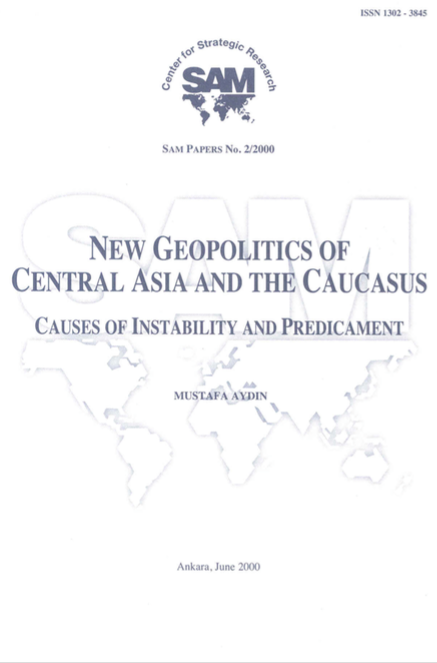
he tremors experienced in international relations since 1989 have significantly altered thepolitical geography of Eurasia, sweeping away, at the same time, the international system thathad been built up over many years and certainties that many people believed to be inviolable.In a similar vein, the sudden emergence of the Central Asian and Caucasian states caught boththe local populations and the world at large unprepared. The fact that no major empire hasdissolved in this century without their successor states undergoing civil wars or regionalconflicts made the occasion more dramatic.
During most of the twentieth century, these lands had been, in all intent, forgotten areas tothe outside world, and the Kazakhs, Kyrgyzs or Tajiks, let alone the Chechens, Kalmyks,Lezgins and scores of others, were people the world at large had not even heard of. Thestrategists and geopolitical experts basically considered the vast area stretching from theCaucasus Mountains and the Black Sea in the west, on to Iran, Pakistan and Afghanistan in thesouth, and China in the east, as the Soviet Union's hinterland. The other superpower, theUnited States, simply tried to "contain" these areas by linking its various alignment systems.Thus, Turkey, Iran and Pakistan became important outposts of this policy, while Korea and Vietnam became its battleground, and China was useful in the chain insofar as it quarrelledwith the Soviet Union.
Reference: Aydın, Mustafa (2000) New Geopolitics of Central Asia and the Caucasus: Causes of Instability and Predicament, Ankara: Stratejik Araştırmalar Merkezi.
